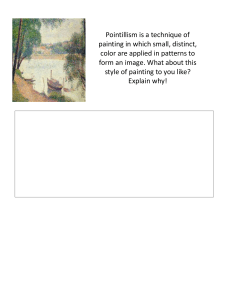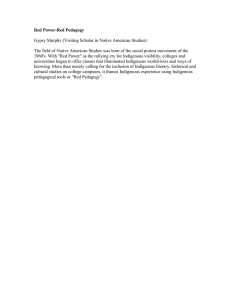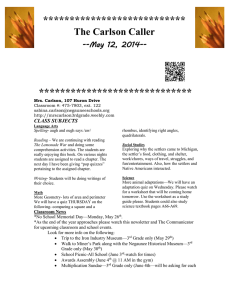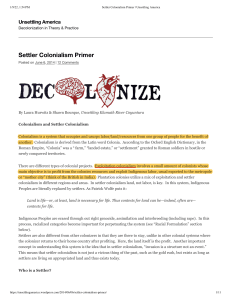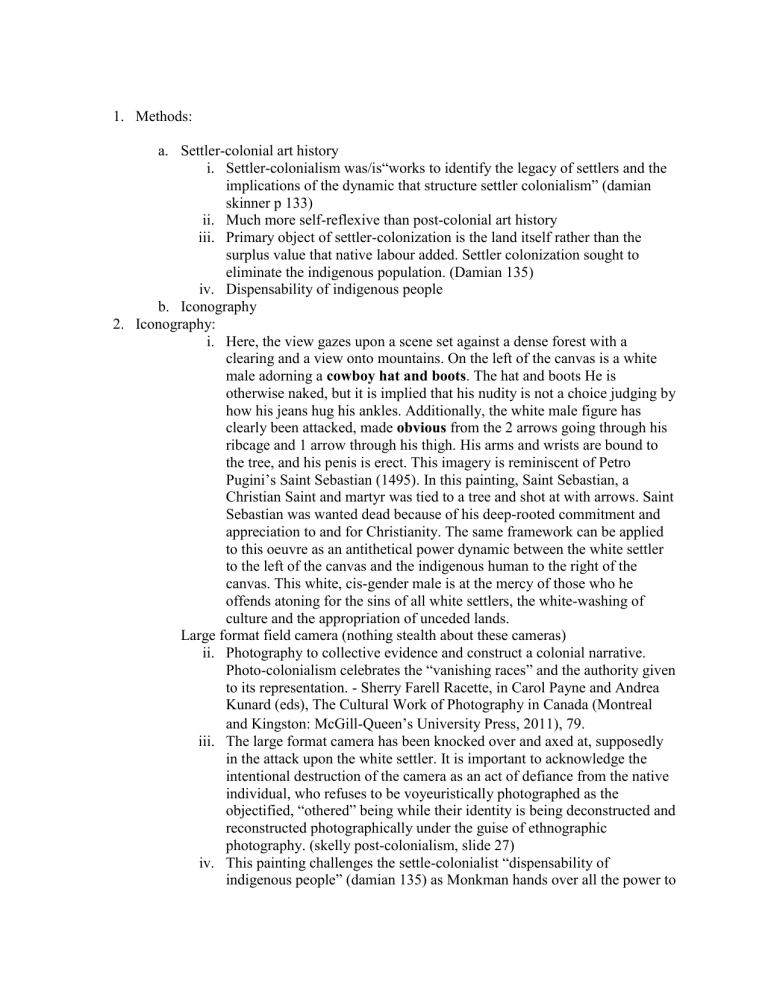
1. Methods: a. Settler-colonial art history i. Settler-colonialism was/is“works to identify the legacy of settlers and the implications of the dynamic that structure settler colonialism” (damian skinner p 133) ii. Much more self-reflexive than post-colonial art history iii. Primary object of settler-colonization is the land itself rather than the surplus value that native labour added. Settler colonization sought to eliminate the indigenous population. (Damian 135) iv. Dispensability of indigenous people b. Iconography 2. Iconography: i. Here, the view gazes upon a scene set against a dense forest with a clearing and a view onto mountains. On the left of the canvas is a white male adorning a cowboy hat and boots. The hat and boots He is otherwise naked, but it is implied that his nudity is not a choice judging by how his jeans hug his ankles. Additionally, the white male figure has clearly been attacked, made obvious from the 2 arrows going through his ribcage and 1 arrow through his thigh. His arms and wrists are bound to the tree, and his penis is erect. This imagery is reminiscent of Petro Pugini’s Saint Sebastian (1495). In this painting, Saint Sebastian, a Christian Saint and martyr was tied to a tree and shot at with arrows. Saint Sebastian was wanted dead because of his deep-rooted commitment and appreciation to and for Christianity. The same framework can be applied to this oeuvre as an antithetical power dynamic between the white settler to the left of the canvas and the indigenous human to the right of the canvas. This white, cis-gender male is at the mercy of those who he offends atoning for the sins of all white settlers, the white-washing of culture and the appropriation of unceded lands. Large format field camera (nothing stealth about these cameras) ii. Photography to collective evidence and construct a colonial narrative. Photo-colonialism celebrates the “vanishing races” and the authority given to its representation. - Sherry Farell Racette, in Carol Payne and Andrea Kunard (eds), The Cultural Work of Photography in Canada (Montreal and Kingston: McGill-Queen’s University Press, 2011), 79. iii. The large format camera has been knocked over and axed at, supposedly in the attack upon the white settler. It is important to acknowledge the intentional destruction of the camera as an act of defiance from the native individual, who refuses to be voyeuristically photographed as the objectified, “othered” being while their identity is being deconstructed and reconstructed photographically under the guise of ethnographic photography. (skelly post-colonialism, slide 27) iv. This painting challenges the settle-colonialist “dispensability of indigenous people” (damian 135) as Monkman hands over all the power to the indigenous subject, putting them in charge and forcing the European to be their subject. In doing this, Monkman is reversing the gaze: painting the European settler as the “othered” with an intense tone of mockery. The native individual portrays their European settler in a shapeless manner, leaving him as a mere dancing skeleton with a cowboy hat, boots, and an erect penis rather than the resistant, fleshy man he really is. The iconographical significance of the painting the white man’s erect penis on a skeletal body is in the vein of humiliation. Indigenous communities with deep-rooted traditions and beliefs were humiliated through ethnographic photography which sought only to exploit and commodify their bodies and their culture before European settlers wiped them from their land. b. Queer art history i. On the topic of bodies and identity, it is apparent that the individual to the right of the canvas is not categorically male. The figure is adorned with a pink and white headdress, pink cuffs, and a pink skirt which only covers a very narrow part of their lower body. Lastly, they are sporting some very high bright pink heels which are much like stripper heels. Because of the oversaturation of pink within the painting, if adhering to gendered colour binaries, it is easy to assume that the figure is female. Morphologically, however, the figure is strong, muscular, and tall. Their limbs are long, and visible between the figure’s legs are testicles. Michel Foucault, in accordance with these morphological signs of sex and gender says: “modern male homosexuals were imagined to have a ‘visible’ morphology with an ‘indiscreet anatomy’, in which their sexual secrets ‘always gave [themselves] away’. Foucault also claimed that “contemporaries were constantly seeking to find ‘visible’ signs […] of modern male homosexual behaviour. (Jason Edwards p 5). However, the indigenous figure is explicitly painted as neither categorically female nor male. The “rules” and lines of gender binaries are blurred and the figure neither adheres to the portrayal of natives as animalistic and feral, nor weak and (Jason Edwards p 5) 1) Write an essay about Louise Bourgeois’s Destruction of the Father (1974). In your introduction, identify all of the methods that you will be employing in your essay in order to support your thesis. Make your thesis statement as precise as possible. You can discuss other artworks if you wish in order to support your argument(s).
